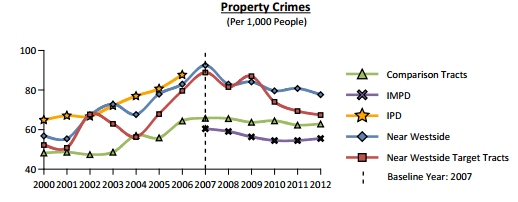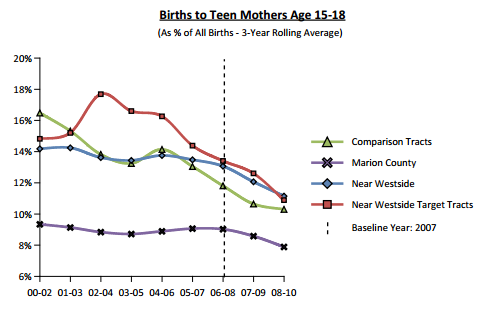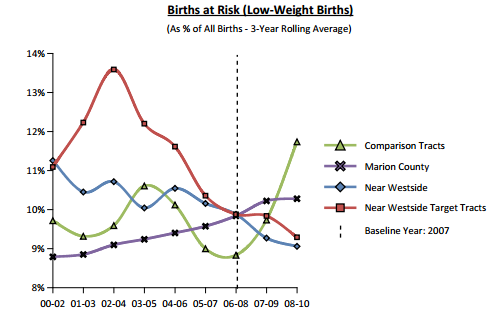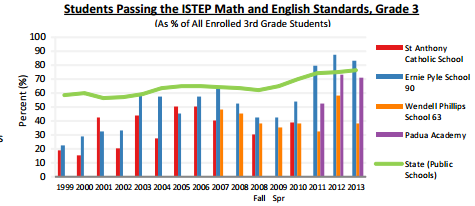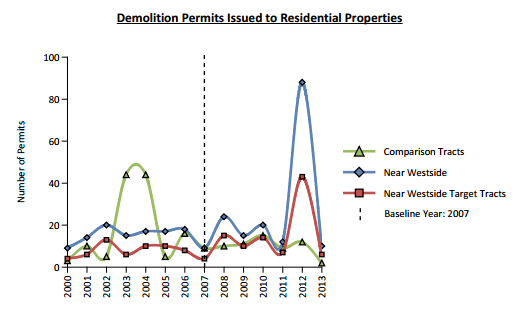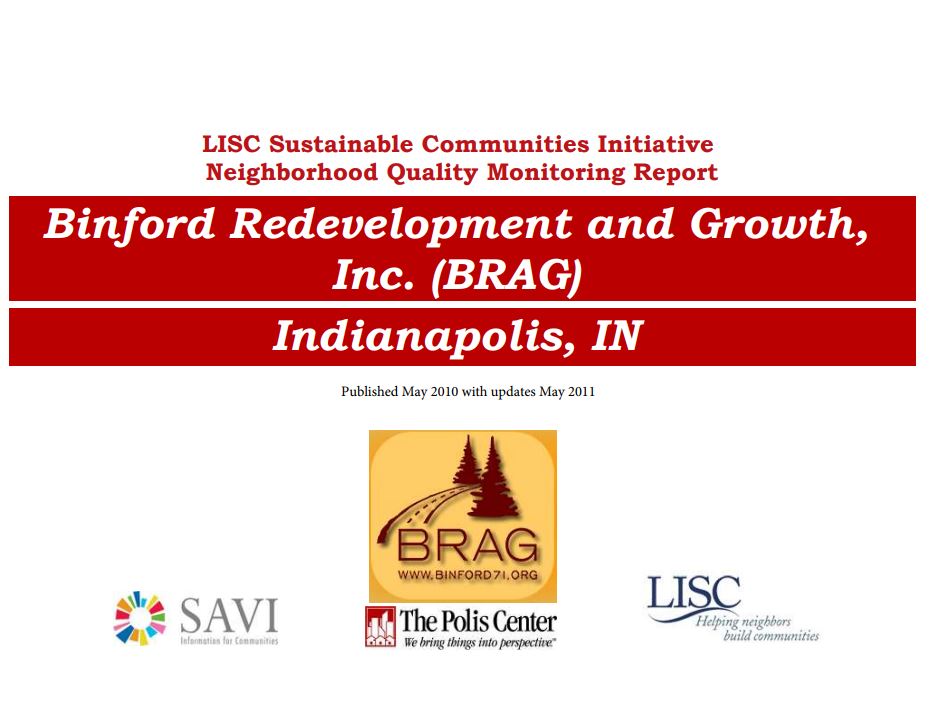By Sharon Kandris
The City of Indianapolis, IUPUI, and Lilly Endowment recently announced a $30 million investment to improve IUPUI and the Near Westside neighborhood (See IndyStar story by Erika Smith). Some of the major improvements will include streetscapes, new bike lanes, and sidewalks – and turning New York Street and Michigan Road into two-way streets. But how will this impact the neighborhood and its residents? For one thing, it aligns with some of the goals the community established in its quality of life plan.
For the past few years, this neighborhood has been involved in a resident-driven process to define the neighborhood’s needs and assets, envision the future of the neighborhood, and develop a Quality of Life Plan that guides community development efforts toward its vision to be a great place to live and work.
In many ways, it is too early to measure the impact that those community development efforts have had on the community thus far – we will begin to see more positive trends in the data in the years to come. In the meantime, here are a few of the successes that we can see.
Positive Trends in Near Westside in the past 5 years:
- Crimes: The property crime rate dropped 16% from 2007 to 2012 in the Near Westside neighborhood and 24% in an area targeted for improvements.
- Health: The percent of births to teen moms continues to decrease, matching the county and national trend.
- Health: The percent of births that are at risk is dropping, while the county’s is increasing.
-
Education:
- The percent of adults with no high school degree dropped from 36% in 2000 to 29% in 2011.
- Education: More third graders are passing ISTEP. Ernie Pyle School 90 improved from 63% passing in 2007 to 83% in 2013.
- There was a spike in demolition permits in 2012 to 88 permits, indicative of community improvement effort
Demographic and Socio-economic Trends:
- The population dropped 8% from 2000 to 2010
- 20% of the population is Hispanic (compared to 8% in 2000); 45% are African American
- The median family income is about $31,000, which is $20,000 lower than Marion County’s
- 3 out of 10 residents are in poverty
- 1 out of 3 adults have no high school diploma
- 1 out of 5 adults are unemployed
- Approximately 35% of housing units are occupied by renters, 40% by owners, and 25% are vacant
- The top 3 industries residents are employed in are health care/social assistance, retail, and manufacturing
- The top 3 industries of the neighborhood job market include manufacturing, education, and health care/social assistance
View a more detailed description of changes in the Near Westside in the past decade in our full report.
Want more data about Near Westside and other neighborhoods?
Quality of life monitoring reports created by SAVI describe the trends over the past 5 to 10 years are available for 5 neighborhoods:
View similar reports for Crooked Crook, Near Eastside, Southeast, and West Indianapolis
SAVI provides interactive demographic and socio-economic profiles of neighborhoods and communities throughout Central Indiana.
View similar profiles for other neighborhoods
Want to know about another positive change happening in this community? My next blog will look at Near Westside crime trends and share efforts to keep Near Westside youth out of the child welfare and justice systems.
Sharon Kandris is the Director of SAVI and Community Informatics at The Polis Center.


